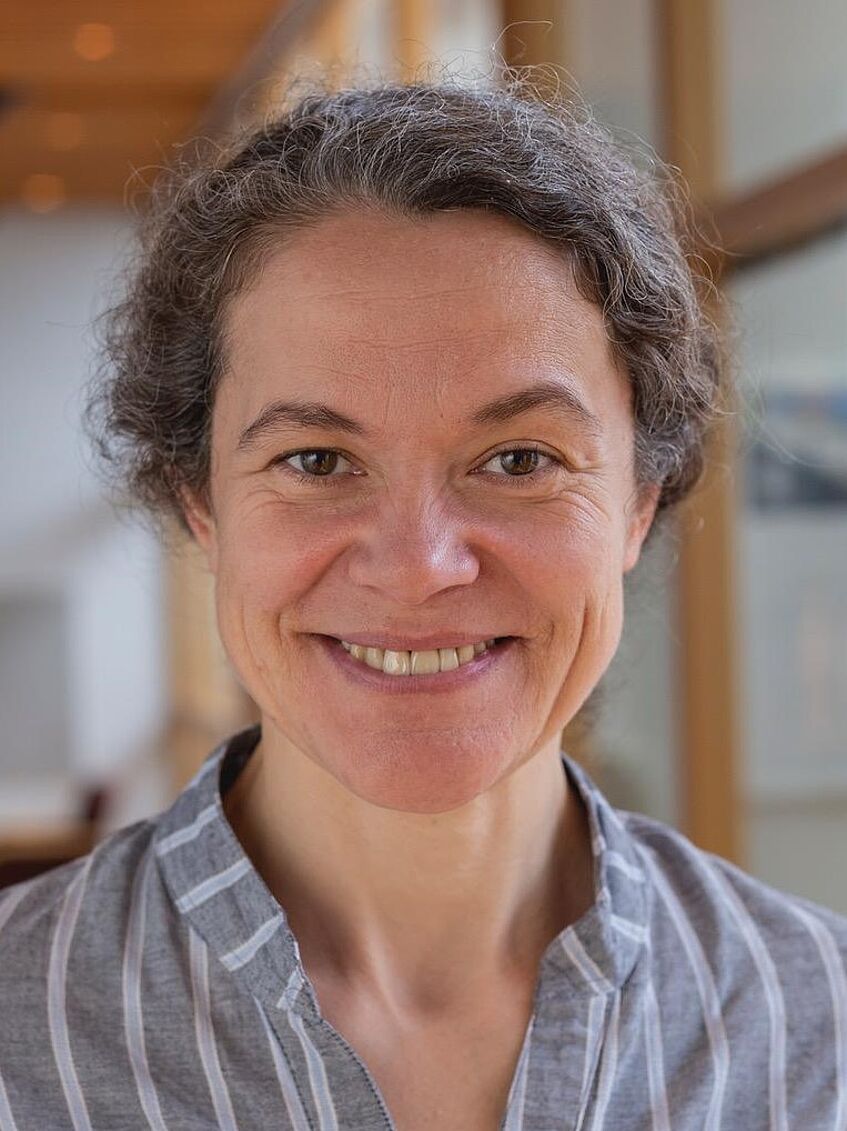Pavličev, M., McDonough-Goldstein, C. E., Zupan, A. M., Muglia, L., Hu, Y. C., Kong, F., Monangi, N., Dagdas, G., Zupančič, N., Maziarz, J., Sinner, D., Zhang, G.
, Wagner, G., & Muglia, L. (2024).
A common allele increases endometrial Wnt4 expression, with antagonistic implications for pregnancy, reproductive cancers, and endometriosis.
Nature Communications,
15(1), Article 1152.
https://doi.org/10.1038/s41467-024-45338-4
Grunstra, N. D. S., Betti, L.
, Fischer, B., Haeusler, M.
, Pavlicev, M., Stansfield, E., Trevathan, W., Webb, N. M., Wells, J. C. K., Rosenberg, K. R.
, & Mitteroecker, P. (2023).
There is an obstetrical dilemma: Misconceptions about the evolution of human childbirth and pelvic form.
American Journal of Biological Anthropology,
181(4), 535-544.
https://doi.org/10.1002/ajpa.24802
Pavlicev, M., Norwitz, E. R., Norwitz, G. A., Ng, S.-W., Tilburgs, T., & Simón, C. (2020).
Endometrial Decidualization: The Primary Driver of Pregnancy Health.
International Journal of Molecular Sciences,
21(11), 1-20. Article 4092.
https://doi.org/10.3390/ijms21114092
Sakashita, A., Maezawa, S., Takahashi, K., Alavattam, K. G., Yukawa, M., Hu, Y.-C., Kojima, S., Parrish, N. F., Barski, A.
, Pavlicev, M., & Namekawa, S. H. (2020).
Endogenous retroviruses drive species-specific germline transcriptomes in mammals.
Nature Structural and Molecular Biology,
27(10), 967-977.
https://doi.org/10.1038/s41594-020-0487-4
Griffith, O. W., Chavan, A. R.
, Pavlicev, M., Protopapas, S., Callahan, R., Maziarz, J., & Wagner, G. P. (2019).
Endometrial recognition of pregnancy occurs in the grey short-tailed opossum ( Monodelphis domestica).
Proceedings of the Royal Society of London B: Biological Sciences,
286(1905), Article 20190691.
https://doi.org/10.1098/rspb.2019.0691
Kshitiz, Afzal, J., Maziarz, J. D., Hamidzadeh, A., Liang, C., Erkenbrack, E. M., Nam, H., Haeger, J.-D., Pfarrer, C., Hoang, T., Ott, T., Spencer, T.
, Pavličev, M., Antczak, D. F., Levchenko, A., & Wagner, G. P. (2019).
Evolution of placental invasion and cancer metastasis are causally linked.
Nature Ecology & Evolution,
3(12), 1743-1753.
https://doi.org/10.1038/s41559-019-1046-4
Pavlicev, M., Zupan, A. M., Barry, A., Walters, S., Milano, K. M., Kliman, H. J., & Wagner, G. P. (2019).
An experimental test of the ovulatory homolog model of female orgasm.
Proceedings of the National Academy of Sciences of the United States of America (PNAS),
116(41), 20267-20273.
https://doi.org/10.1073/pnas.1910295116
Rytkönen, K. T., Erkenbrack, E. M., Poutanen, M., Elo, L. L.
, Pavlicev, M., & Wagner, G. P. (2019).
Decidualization of Human Endometrial Stromal Fibroblasts is a Multiphasic Process Involving Distinct Transcriptional Programs.
Reproductive Sciences (RS),
26(3), 323-336.
https://doi.org/10.1177/1933719118802056
Sahu, B. S., Rodriguez, P., Nguyen, M. E., Han, R., Cero, C., Razzoli, M., Piaggi, P., Laskowski, L. J.
, Pavlicev, M., Muglia, L., Mahata, S. K., O'Grady, S., McCorvy, J. D., Baier, L. J., Sham, Y. Y., & Bartolomucci, A. (2019).
Peptide/Receptor Co-evolution Explains the Lipolytic Function of the Neuropeptide TLQP-21.
Cell Reports,
28(10), 2567-2580.e6.
https://doi.org/10.1016/j.celrep.2019.07.101
Dunn-Fletcher, C. E., Muglia, L. M.
, Pavlicev, M., Wolf, G., Sun, M.-A., Hu, Y.-C., Huffman, E., Tumukuntala, S., Thiele, K., Mukherjee, A., Zoubovsky, S., Zhang, X., Swaggart, K. A., Lamm, K. Y. B., Jones, H., Macfarlan, T. S., & Muglia, L. J. (2018).
Anthropoid primate-specific retroviral element THE1B controls expression of CRH in placenta and alters gestation length.
PLoS Biology,
16(9), Article e2006337.
https://doi.org/10.1371/journal.pbio.2006337

